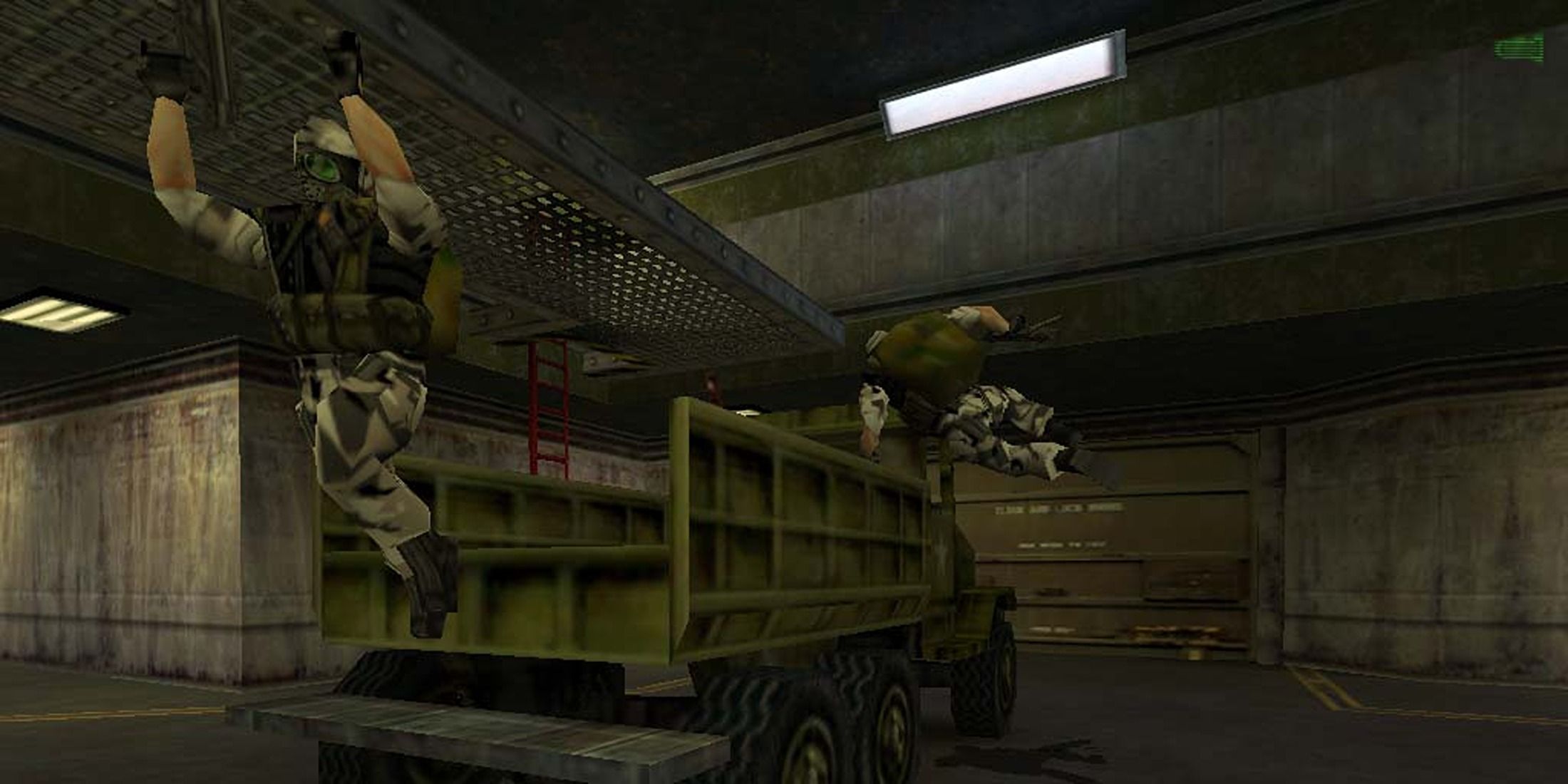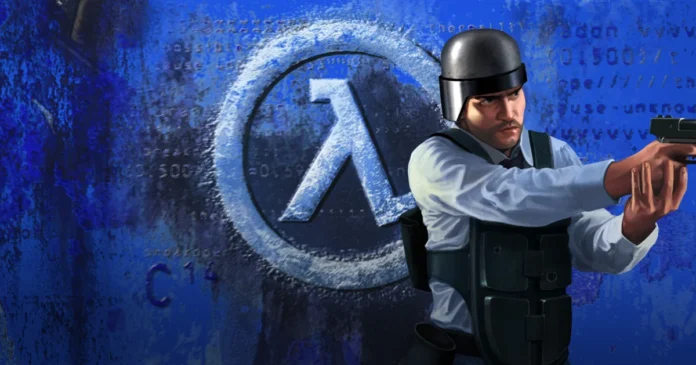A piece of gaming history has emerged from the shadows as an early prototype of Half-Life: Blue Shift has been leaked online. This fascinating glimpse into the development of the iconic expansion pack offers fans and historians a chance to explore how the game evolved from its early stages into the polished product released in 2001.
The prototype, dated from 2000, is a treasure trove of unfinished content, showcasing experimental designs, unused assets, and a raw look at how Gearbox Software worked to expand the Half-Life universe.
What Is Half-Life: Blue Shift?
Released in 2001 as an expansion for the original Half-Life, Blue Shift put players in the boots of Barney Calhoun, a security guard at the Black Mesa Research Facility. The game provided a new perspective on the events of the original title, delivering a fresh narrative while maintaining Half-Life’s signature gameplay and atmosphere.
While not as groundbreaking as the main game, Blue Shift was praised for its storytelling and introduced the High Definition Pack, which upgraded character models and textures for the series.
What’s in the Prototype?
The leaked prototype offers a rare look at the early development of Blue Shift. Key highlights include:
1. Unfinished Levels
The prototype includes partially completed levels that never made it into the final game. These areas provide insight into Gearbox’s design process and show how certain concepts were abandoned or reworked for the final release.
2. Experimental Gameplay Mechanics
Early versions of puzzles and combat encounters demonstrate how the team tested ideas before settling on the final design. Some sequences feel rough and unpolished, giving players a behind-the-scenes look at game development in the early 2000s.
3. Unused Assets
The build features textures, models, and voice lines that were ultimately cut from the finished product. These assets offer a glimpse at storylines or gameplay elements that were considered but never implemented.
4. Debug Tools
The prototype includes debug menus and developer tools, allowing users to experiment with the build and explore how the game’s systems were fine-tuned during production.

